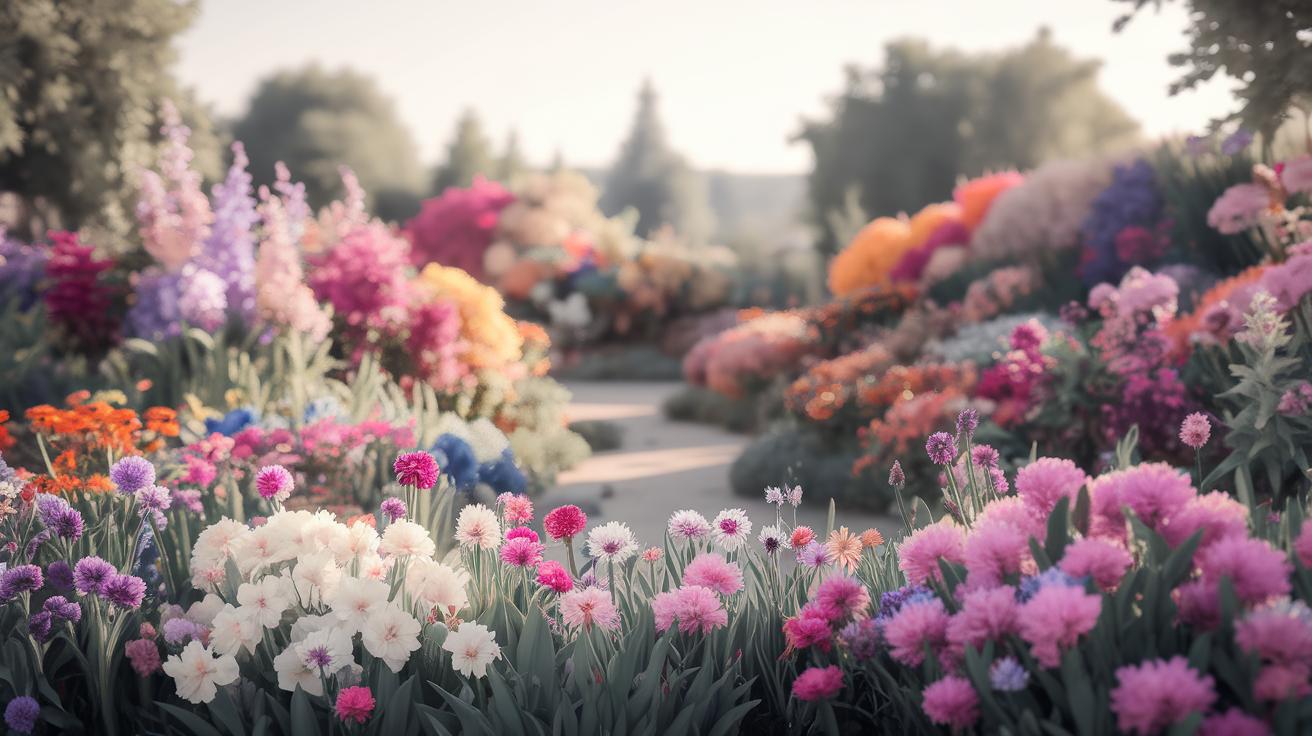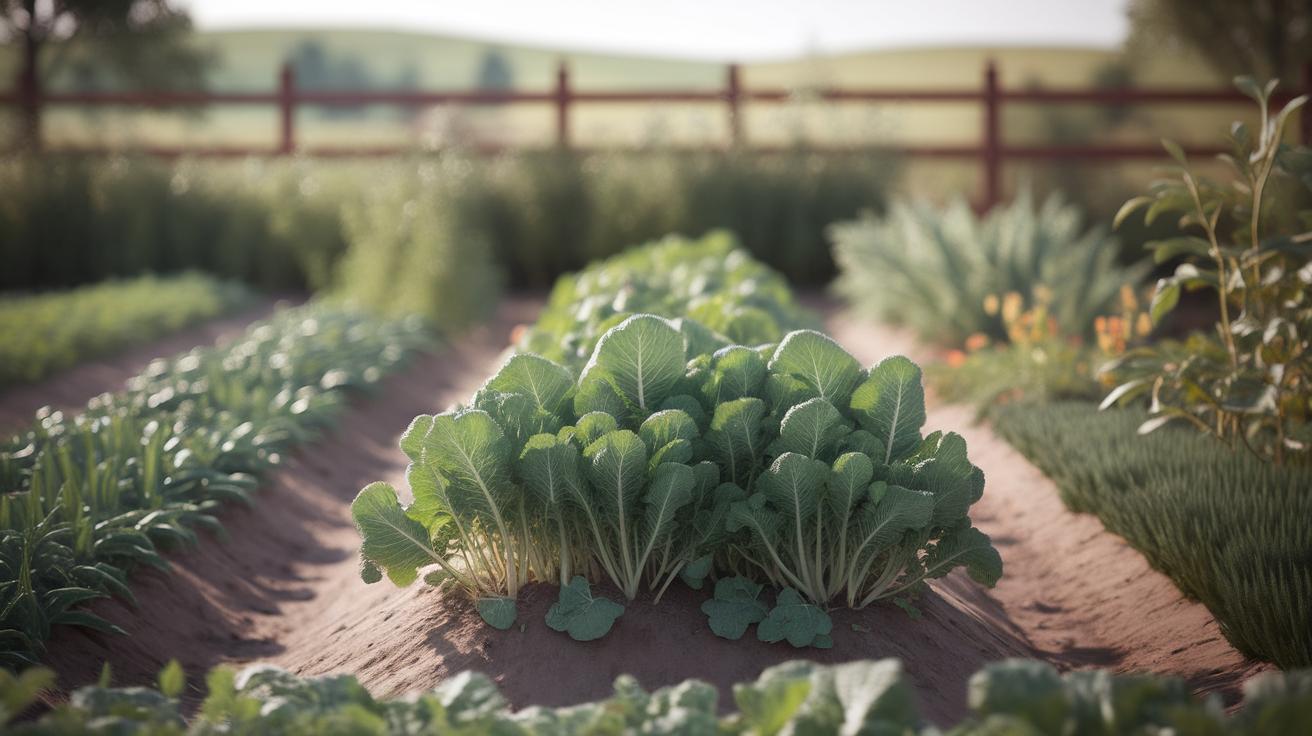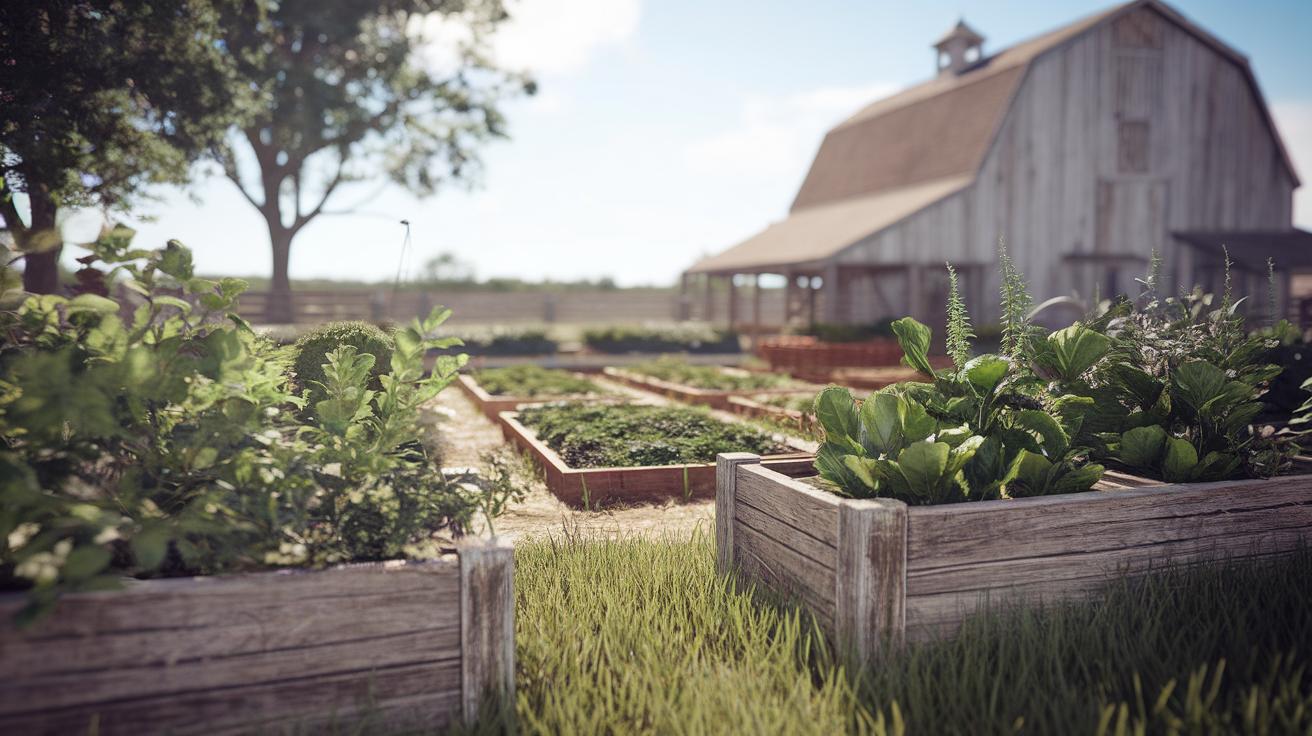Introduction
Nature’s palette is truly enriched by the vibrant colors and diverse forms of pretty flowers. These blooms not only enhance our landscapes but also play a crucial role in ecosystems. Many people appreciate flowers for their aesthetic value, which can uplift moods, beautify spaces, and symbolize various emotions. The remarkable variety of flowers, from the delicate cherry blossom to the vibrant sunflower, fosters a connection to the natural world that many cherish. Understanding pretty flowers extends beyond mere admiration; it involves recognizing their ecological importance and the relationships they cultivate with pollinators.
As we explore deeper into the world of flowers, we will explore different types, their growth patterns, and the impact they have on our environment. This article will emphasize not just the visual appeal of flowers but also their role in supporting biodiversity and maintaining healthy ecosystems. By embracing the beauty of pretty flowers, we also embrace a healthier, more sustainable planet.
The Allure of Pretty Flowers Evoking Emotions Through Visual Splendor
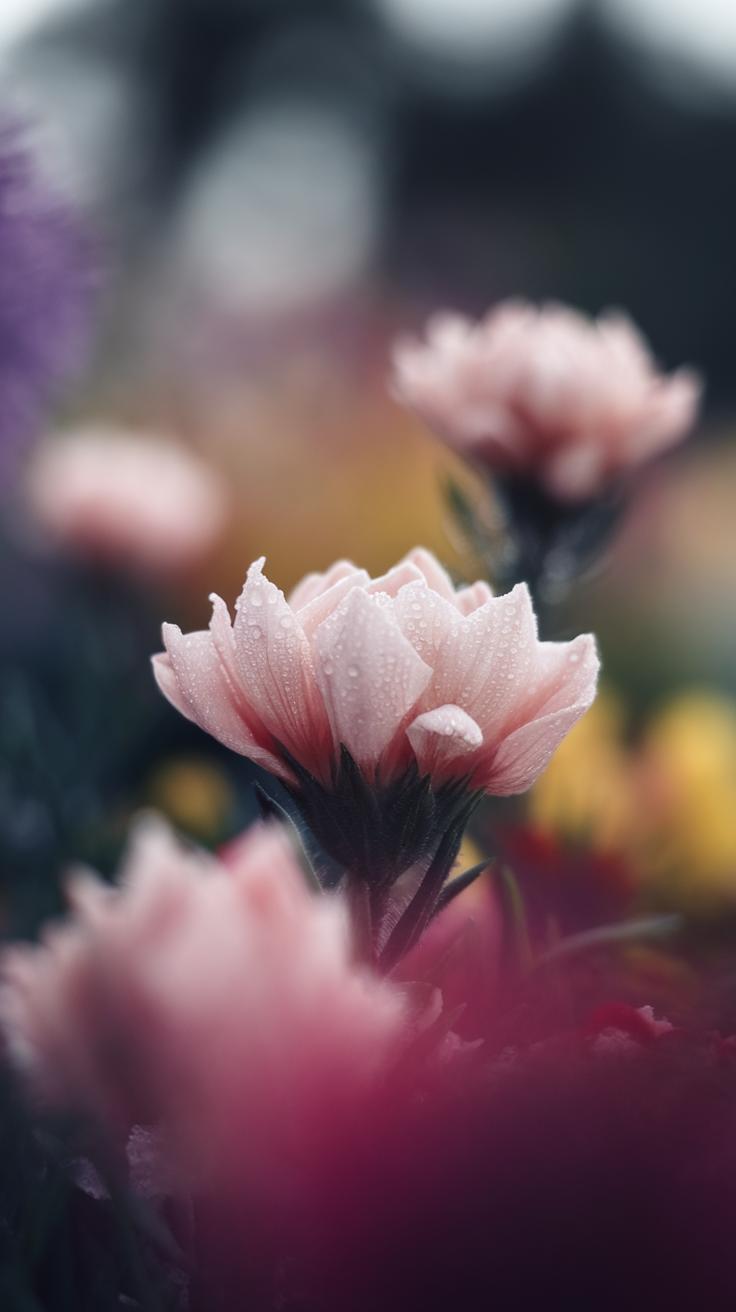
Visual Appeal and Emotional Connection
The vibrant hues and delicate forms of pretty flowers create a captivating visual experience that resonates with people on multiple levels. Their transformative ability to uplift moods and evoke emotions is remarkable. For instance, the bright yellow of a sunflower can inspire joy, while the soft pink of a peony is often associated with romance and affection. Flowers have long been utilized to convey messages of love, friendship, and sympathy. Consider the way a bouquet of red roses can express deep passion and commitment, or how a bunch of lilies can symbolize purity and renewal. Each species carries its own unique symbolism, enhancing the connections we forge with nature and each other.
Symbolism and Occasions
The significance of different flowers extends beyond their beauty, often intertwining with cultural meanings and personal memories. For example, daisies signify innocence and purity, making them a popular choice for celebrating new beginnings, such as the birth of a child. Chrysanthemums, on the other hand, are revered in many cultures as symbols of honor and loyalty, often used in commemorations. The thoughtful selection of flowers not only beautifies surroundings but also deepens emotional experiences tied to significant moments in life. Each petal tells a story, enriching our encounters with the natural world.
Understanding Flower Anatomy The Structure and Function of Pretty Flowers
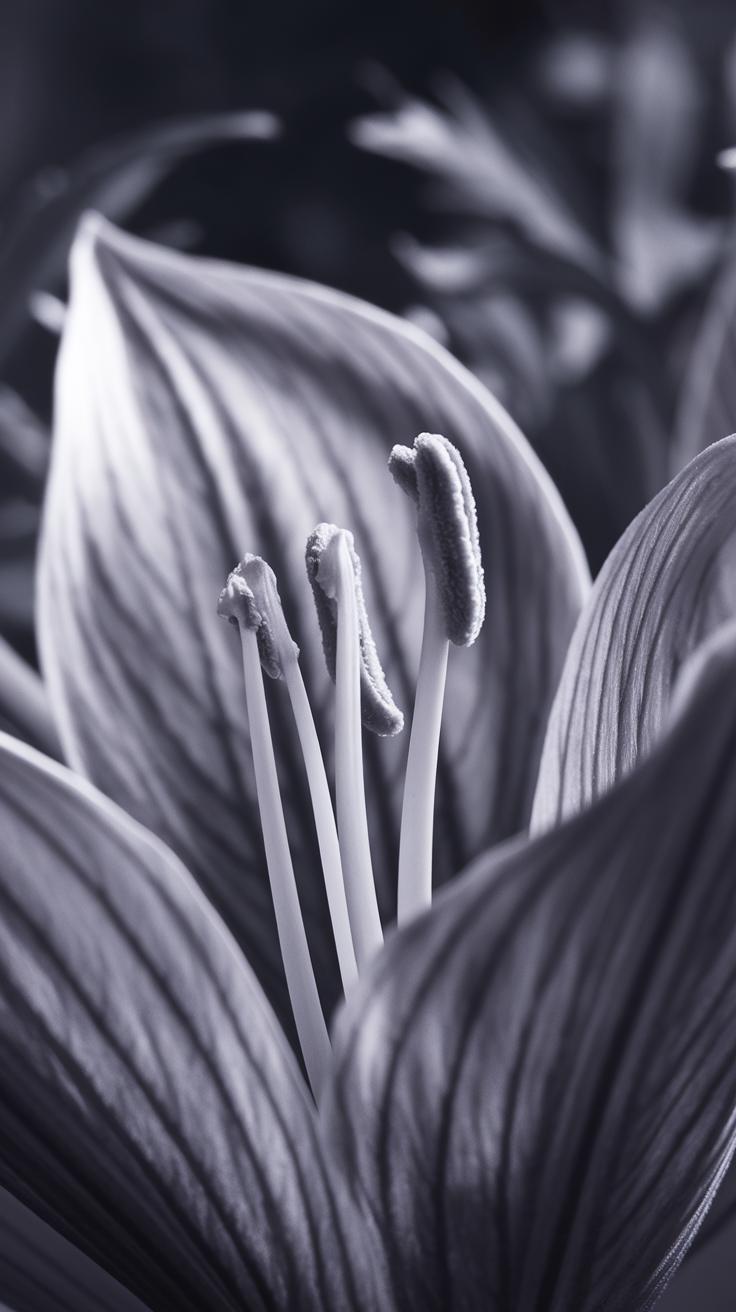
Key Components of Flowering Beauty
Flowers exhibit a fascinating anatomy that contributes to their stunning visual appeal and vital ecological roles. The outermost layer, comprised of petals, serves not just as decoration but also as a means to attract pollinators. Their vibrant colors and alluring shapes create a visual feast that can entice bees, butterflies, and other creatures, ultimately aiding in reproduction.
Below the petals, sepals protect the developing flower bud. Often green and leaf-like, these structures ensure that the petals remain unharmed during growth. At the heart of the flower lies the reproductive organs, which include stamens and pistils. The stamens, featuring anthers and filaments, produce pollen, while the pistils comprise the ovary, style, and stigma, receiving pollen to facilitate fertilization. Each component plays a critical role in the lifecycle of flowering plants, showcasing the intricate connections between beauty and function in nature.
The Interplay of Form and Function
The intricate design of these components enables flowers to fulfill essential functions. Petals’ shapes ensure optimal landing spots for pollinators, while sepals provide crucial protection. The unique arrangement of reproductive organs allows for efficient pollination processes, significantly enhancing the reproductive success of these plants. Each flower’s anatomy contributes to its role in ecosystems, connecting beauty with purpose, and reminding us of the splendid intricacies within nature. Appreciating these structures deepens our connection to the floral world, encouraging us to embrace the rich tapestry of life that every garden and wild meadow offers.
The Importance of Pollinators The Role of Pollinators in the Lifecycle of Flowering Plants
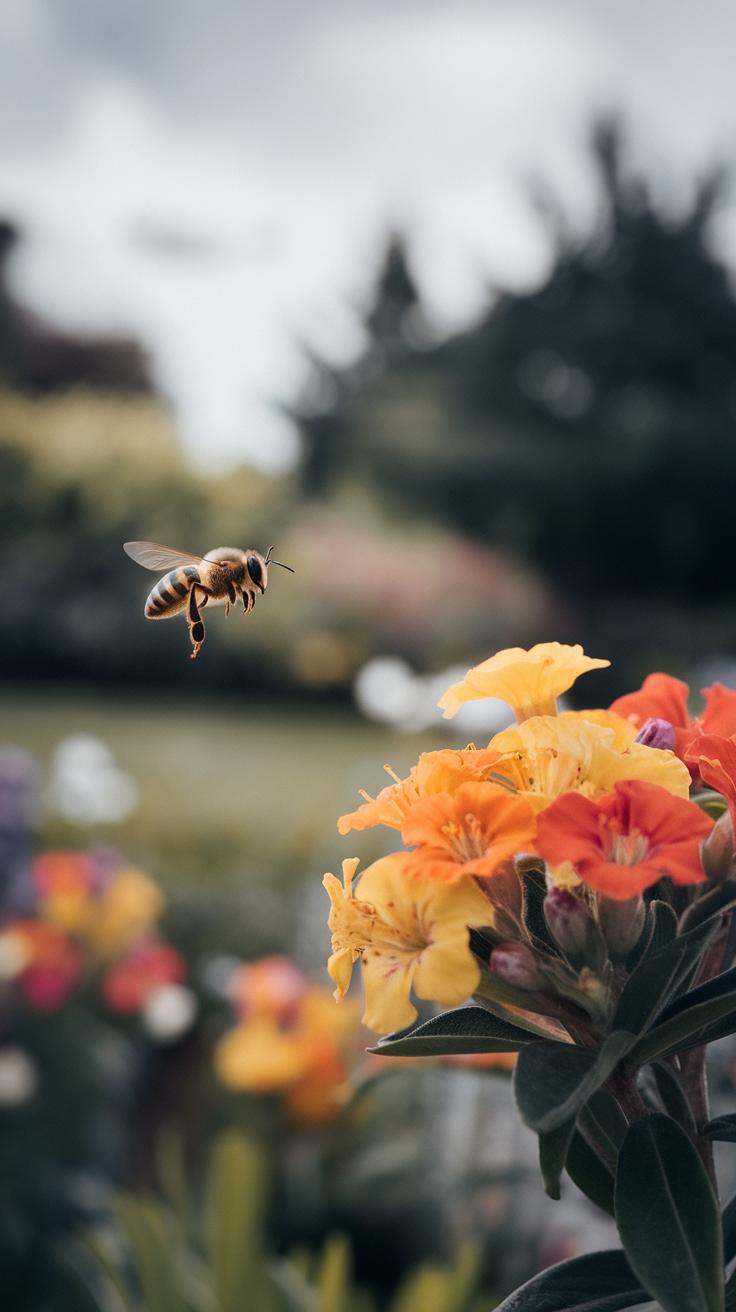
Pollinators as Key Contributors to Biodiversity
Flowering plants thrive in ecosystems rich with biodiversity, and pollinators are essential in maintaining this balance. Bees, butterflies, birds, and other insects transfer pollen from one flower to another, facilitating fertilization. This interaction helps produce fruits and seeds that not only support the plants’ lifecycle but also provide food for various wildlife. Furthermore, a diverse population of flowering plants contributes to the overall resilience of ecosystems, creating habitats for countless organisms and ensuring the stability of food webs.
The Impact of Pollinators on Food Production
In addition to enhancing biodiversity, pollinators play a critical role in global food production. Many of the fruits, vegetables, and nuts we consume rely on these creatures for successful pollination. Without their diligent efforts, many crops would experience significantly reduced yields. This not only threatens food supply chains but also jeopardizes the livelihoods of farmers worldwide. As we celebrate the beauty of pretty flowers, it is essential to recognize how they interconnect with the vital services provided by pollinators in sustaining our ecosystems and food systems.
Growing Beautiful Flowers A Guide to Cultivating Pretty Flowers in Home Gardens
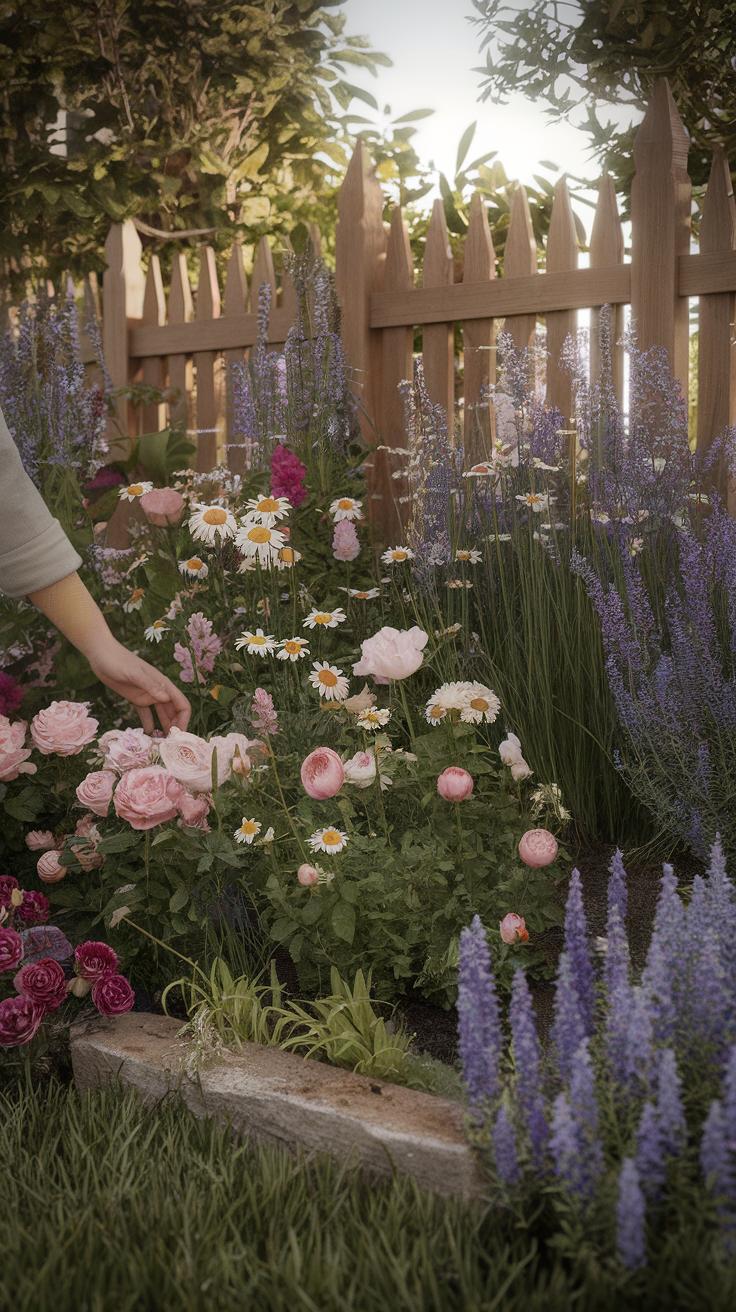
Soil Preparation for Vibrant Blooms
Creating a thriving environment for flowering plants begins with the right soil. Start by testing your soil’s pH and nutrient levels, aiming for a balanced mix that promotes growth. Enrich the soil with organic matter such as compost or well-rotted manure, enhancing its fertility and structure. This preparation improves drainage, essential for preventing root rot while ensuring that nutrients are accessible to your plants. Loosen the soil to a depth of at least 12 inches to give roots ample space to grow and establish strong support. Properly prepared soil sets the foundation for a colorful and flourishing garden, providing an inviting home for pollinators and other wildlife.
Planting Techniques for Success
Once your soil is ready, select flower varieties suited to your climate and garden space. Consider the sunlight and water requirements of each plant. When planting, position them in accordance with their growth habits, allowing enough space for air circulation. Dig holes twice the width of the root ball but not deeper than its height to encourage healthy root development. Water the plants thoroughly after planting to eliminate air pockets and establish contact between the soil and roots. As your flowers grow, utilize mulch to retain moisture, suppress weeds, and maintain an even temperature in the soil, fostering vibrant blooms and inviting beneficial insects.
Care Tips for Flourishing Flowers
Caring for flowering plants involves regular observation and timely maintenance. Water consistently, especially during dry spells, but avoid overwatering, as this can lead to fungal diseases. Fertilize with a balanced flower fertilizer every few weeks during the growing season to ensure robust development and maximize flowering. Deadheading spent blooms encourages more flowers and keeps the plant looking tidy. Additionally, watch for pests and diseases, addressing any issues promptly to protect your blooms. Regularly tending to your garden will result in an impressive display of colors, heightening your connection with nature and supporting the ecosystem.
Flowers and Their Ecological Impact The Role of Flowering Plants in Ecosystems
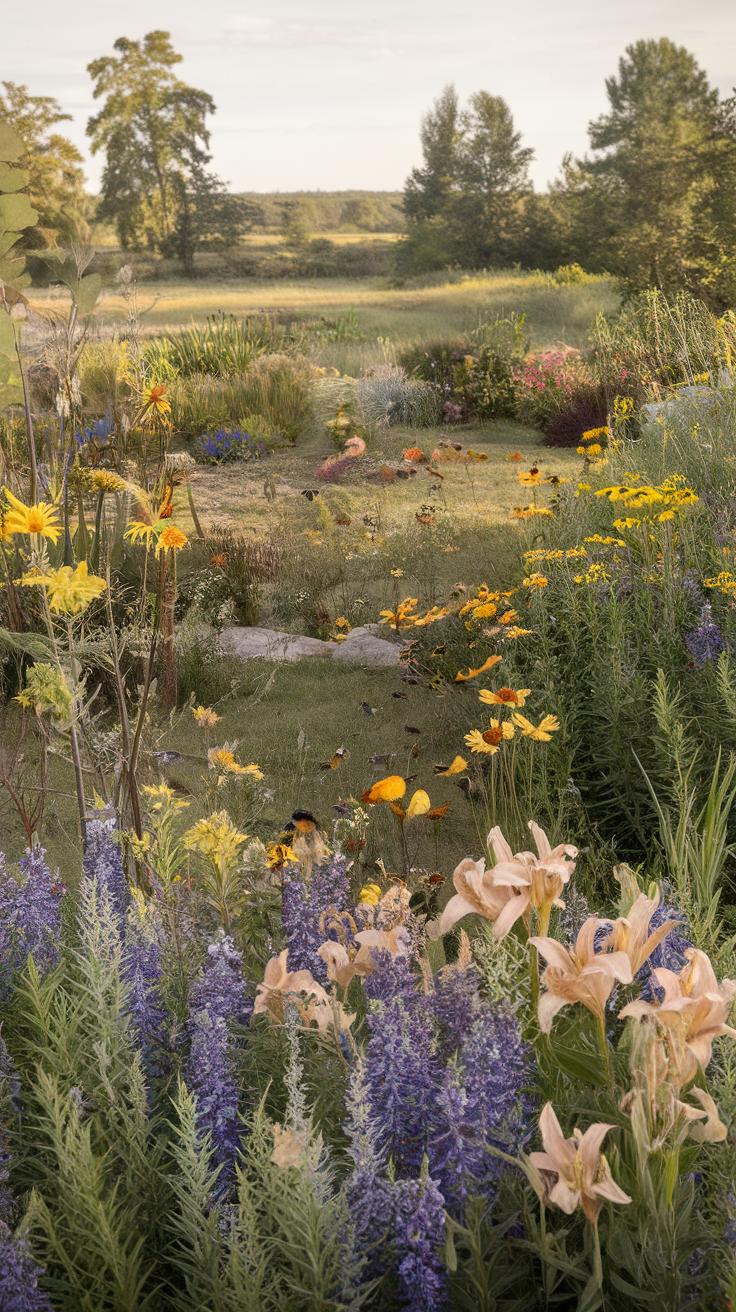
Contributions to Nutrient Cycling
Flowering plants play a profound role in ecosystems by contributing to nutrient cycling. Through the process of photosynthesis, they absorb carbon dioxide and release oxygen, essential for life. They also engage in nutrient uptake from the soil, which, upon decomposition, enriches the earth with organic matter. This cycle supports diverse microflora and fauna, fostering a balanced ecosystem.
Support for Wildlife
The presence of pretty flowers invites pollinators, such as bees and butterflies, into their environment. These relationships are beneficial; as pollinators transfer pollen, flowering plants produce seeds, ensuring plant reproduction and genetic diversity. Additionally, many flowers provide nectar and habitat for various wildlife species. Their colorful blooms serve not only aesthetic values but also underline the interconnectedness of all living organisms, emphasizing that a flourishing ecosystem relies heavily on the presence and health of flowering plants.
Flowers in Medicinal Practices The Therapeutic Properties of Flowering Plants
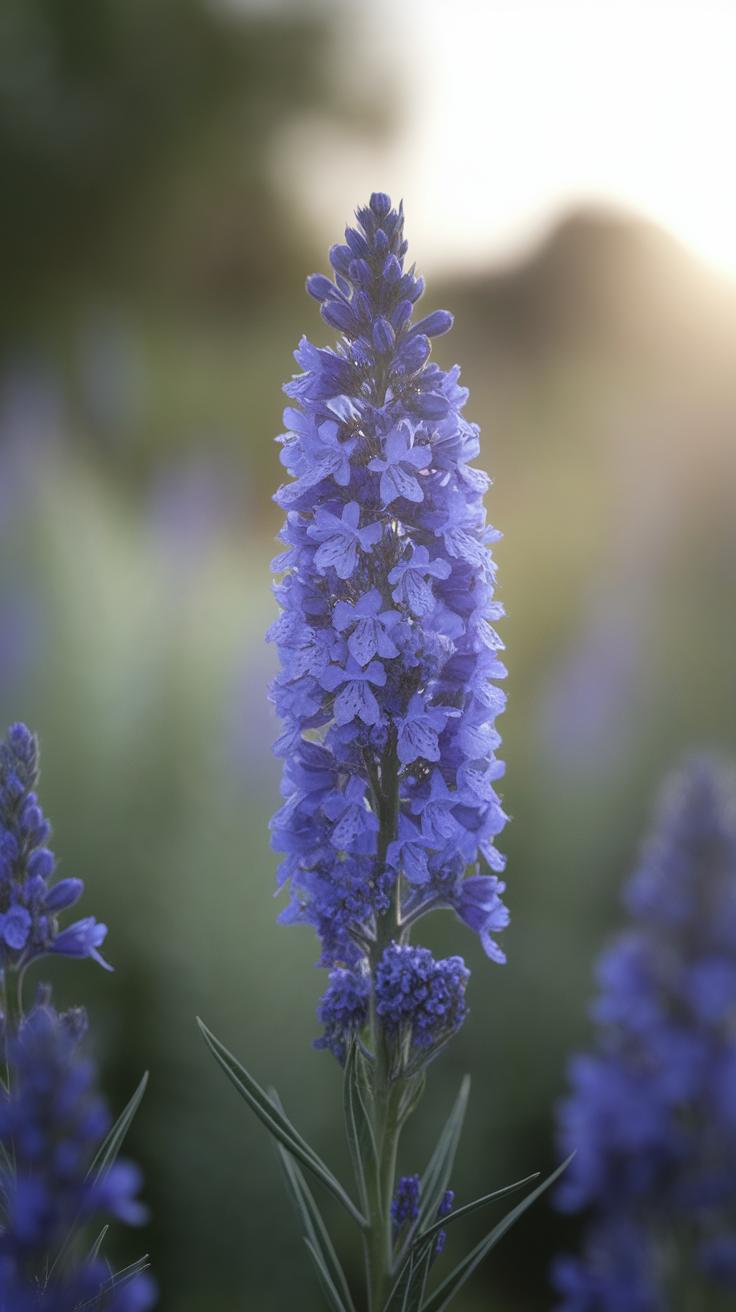
Understanding the Healing Power of Flowers
Flowering plants have long been revered not only for their beauty but also for their remarkable medicinal properties. Various cultures have utilized specific species to alleviate ailments and promote wellness. For instance, the elegant chamomile, known for its soothing qualities, serves as an effective remedy for digestive issues and insomnia. The calming effects of its daisy-like blossoms can be harnessed through teas and extracts.
Noteworthy Species and Their Applications
The vibrant calendula (marigold) has gained recognition for its anti-inflammatory and antiseptic properties. Often used topically, its petals can assist in wound healing and skin irritations. Another example is the highly esteemed lavender, widely utilized in aromatherapy to relieve stress and enhance sleep quality. Embracing the therapeutic potential of these flowering plants brings nature’s healing directly into our lives, reinforcing a connection between beauty and wellness while enhancing overall health and vitality.
Caring for Cut Flowers Tips for Keeping Them Fresh
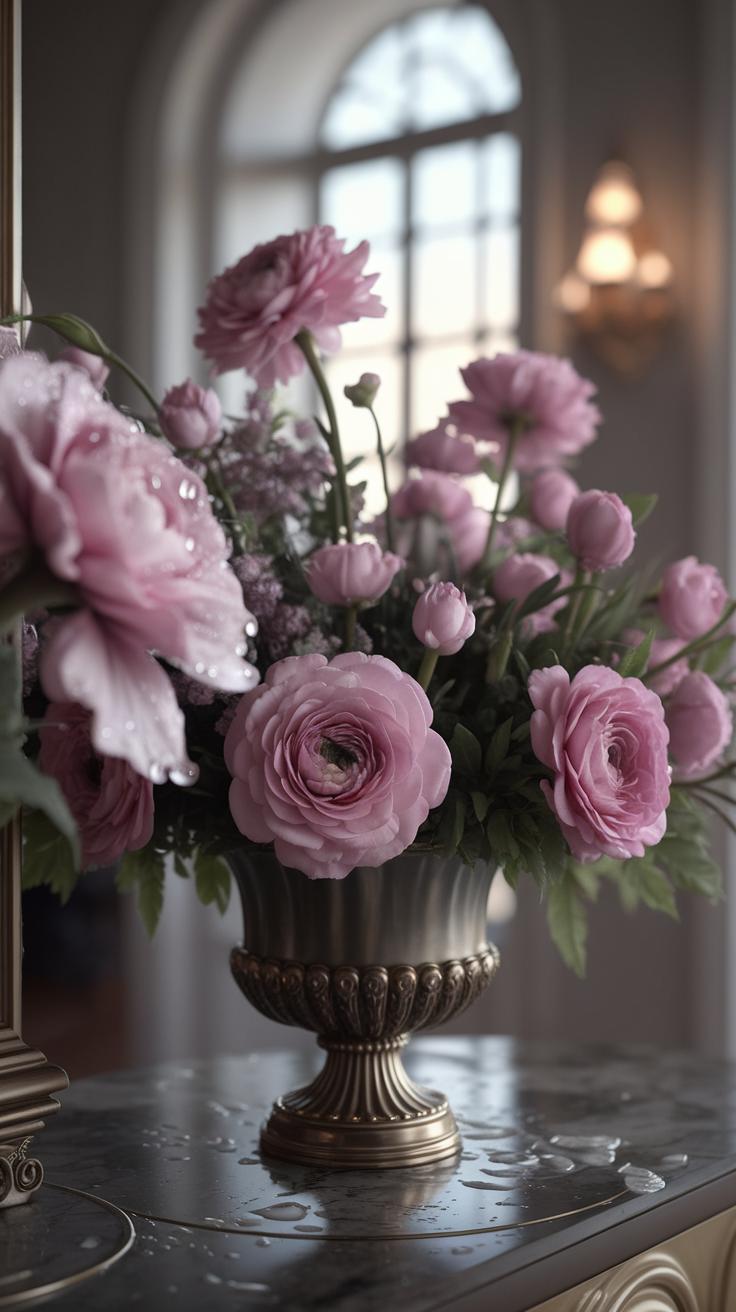
Maintaining the Beauty of Your Cut Flowers
Caring for cut flowers can significantly enhance their longevity, allowing you to enjoy their beauty for longer periods. One fundamental technique involves trimming the stems at an angle, which increases the surface area for water absorption. Always use sharp scissors or a knife to prevent crushing the stems. Water management plays a crucial role; ensure the vase is filled with clean, room-temperature water, and change it every two to three days. Adding flower food can also provide essential nutrients and help maintain freshness.
Placement Techniques for Optimal Longevity
Positioning your arrangements correctly can extend their lifespan. Avoid placing flowers in direct sunlight or drafts, as extreme temperatures can wilt them prematurely. Instead, choose a cool, well-ventilated area. It’s also beneficial to keep cut flowers away from ripening fruits, as the ethylene gas they emit can hasten wilting. By following these care tips, you can ensure that the gorgeous blooms remain a stunning centerpiece for your space, brightening your surroundings while you connect with nature.
The Future of Flowers Trends in Flowering Plants and Sustainable Gardening Practices

Growing Interest in Flower Cultivation
As the world increasingly turns its focus toward sustainability, the future of flowers embraces practices that prioritize environmental health and biodiversity. Gardeners and cultivators are discovering the joy of native plants, which not only support local ecosystems but also showcase stunning blooms that thrive in specific climates. This renewed interest promotes the cultivation of flowers that require less water and fewer chemicals, ultimately reducing the carbon footprint associated with traditional flower farming.
Engaging in organic gardening methods, such as companion planting, enriches soil health and enhances flower vitality, allowing for vibrant displays of color while nurturing the environment. By choosing flowering plants that attract pollinators, individuals help bolster vital populations of bees and butterflies, which play essential roles in global food production.
Supporting Biodiversity through Sustainable Practices
The integration of sustainable practices in flower cultivation also reflects a shift in consumer preferences toward products that are eco-friendly. Communities are incorporating permaculture principles, ensuring that gardens are not just aesthetically pleasing but also functional ecosystems. Initiatives like community gardens, which highlight diverse plant species, bolster local biodiversity while fostering a sense of belonging among residents.
Trends towards vertical and rooftop gardens in urban environments illustrate how individuals can maximize small spaces to create lush flower displays, contributing to urban biodiversity. As awareness grows about the interconnection between flowers, plants, and broader ecological systems, the future of flowering plants promises a harmonious balance between beauty and ecological responsibility.
Celebrating Flowers Through Art The Enduring Inspiration of Natures Palette

From Masterpieces to Modern Expressions
Throughout history, flowers have played a pivotal role in artistic expression, captivating the hearts and minds of artists across various mediums. In classical painting, the sublime beauty of blossoms often symbolized love, transience, and the cyclical nature of life. Iconic works like Van Gogh’s “Sunflowers” showcase the vibrant hues and emotive power of flora, inviting the viewer to experience nature intimately.
Literature also embraces floral imagery, using flowers as metaphors for love, beauty, and mortality. Poets like William Wordsworth and Robert Frost have weaved the essence of blooming gardens into their verses, allowing readers to connect emotionally with nature’s splendor. In contemporary art forms, such as installations and digital media, artists continue to draw inspiration from flowers, prompting dialogues about environmental issues and the importance of maintaining our relationship with nature.
Symbolism and Cultural Significance
The symbolic meanings attached to flowers have evolved but remain deeply rooted in various cultures around the globe. For example, the lotus in Asian cultures represents purity and enlightenment, while the rose conveys love and passion in Western traditions. These meanings enrich the way artists interpret and depict flowers, ensuring their relevance in the modern artistic landscape.
As artists innovate and experiment, flowers remain a timeless muse, representing a profound connection to nature. Celebrating the beauty of flowers through art not only acknowledges their aesthetic significance but also invigorates our appreciation of the intricate relationship between humanity and the natural world.
Conclusions
Pretty flowers represent a stunning aspect of nature that goes far beyond their visual appeal. As integral components of our ecosystems, they contribute to the intricate web of life by providing essential resources for pollinators and other wildlife. Understanding the biology and significance of flowers allows us to appreciate them in a new light, fostering a deeper respect for nature and its diversity.
Engaging with pretty flowers invites us to participate in preserving our environment. By nurturing and cultivating flowers in our gardens, we not only enhance our surroundings but also support biodiversity. Embracing nature through the lens of flowers breeds a greater connection to the earth, reminding us of the beauty and importance of preserving our natural habitats.


